
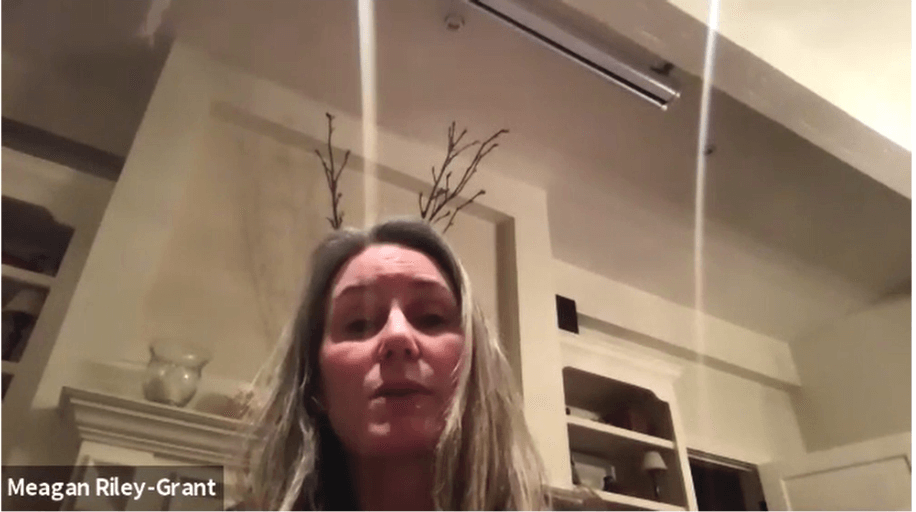
In San Francisco, we retreated to our own rabbit warrens weeks ago and we are still blinking our way through murky waters of uncertainty. Life is surreal right now and yet if you are one of the lucky ones, projects still need to be completed and meetings STILL need to happen. Work, for the most part, has been a little sliver of normalcy. It looks different, we are wearing slippers, but the idea of focusing on getting the rock up the hill is a welcome routine from the global pandemic.
Lots has come to light about the reality of Zoom Fatigue and what living work-life through video conferencing does to our communication and nervous systems. We have spent our collective history reading body language and facial expressions, making eye contact, and gleaning subtle visual cues. On top of that, until very recently, most of the images we digested were professionally lit, styled, shot, and scored. Now for hours, we are sometimes getting this:
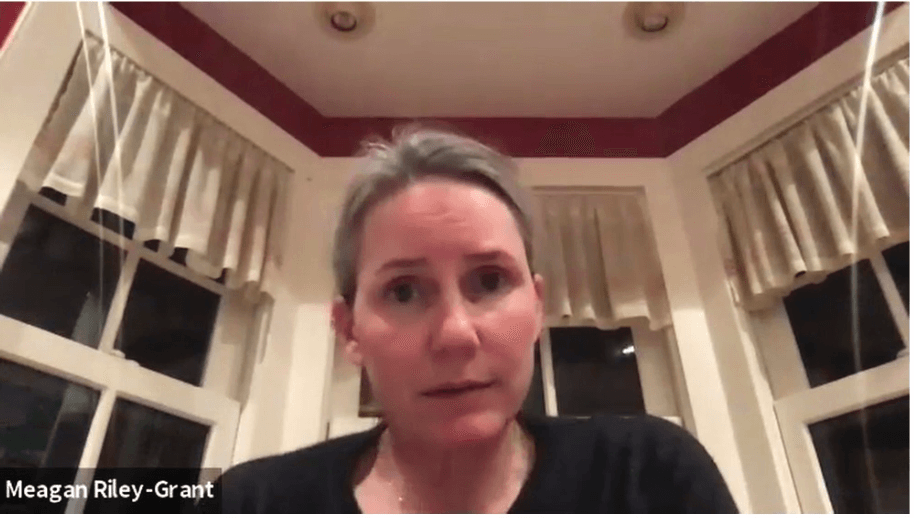
Or this…
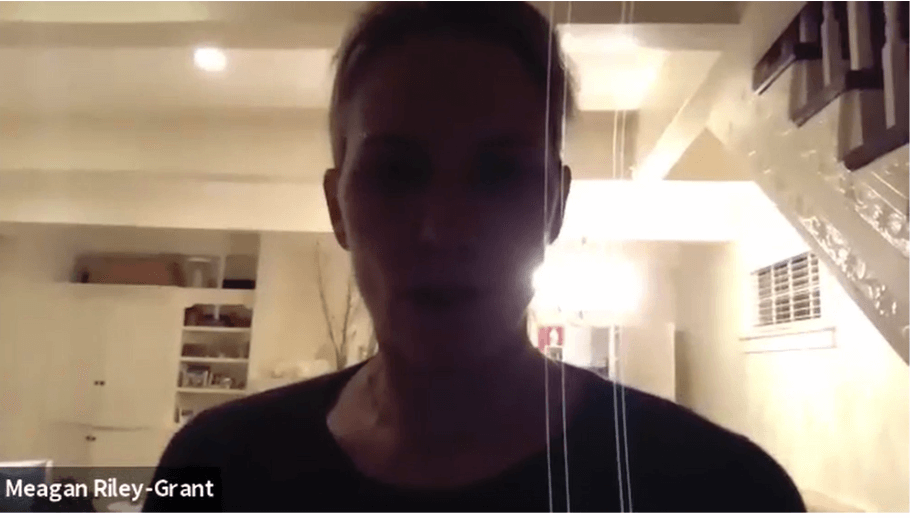
Is it just the visual types that want to fix this? My professional background is in film, and I now work in brand identity but you don’t need a career centered around images to know this doesn’t work. It’s no way to communicate because it’s stressful and I don’t know of anyone who is looking to sign up for more stress. Every time we show up for each other like this it causes an experiential drag on any encounter online.
It’s not just for work, it’s social too. Maybe nobody wants to actually be on camera? So we end up with two phones pointing at the corner of the kitchen with the Lysol, toaster, and half a shoulder in the frame. Our social circles are limited right now. The people we do see through webcam communication are hypercritical to get us mentally through this isolation. Zoom, Facetime, Hangouts are our new cafe life, so let’s make it hospitable and welcoming, the fact is we will be doing this more and more from here on out.
We are a collaborative team office that meets through video conferencing often. With each other and with clients. Since we might be doing this for a while, and we are not seeing this kind of advice, we are compelled to share some recommendations.
1. FIND WORKABLE SPACE
Let’s be practical first… You need an outlet. You need a desk. Possibly close access to a space heater, chapstick, and the coffee pot but that might just be me. If you have a laptop and options, you might want to have a few spots at the ready. Some will be more practical than others.
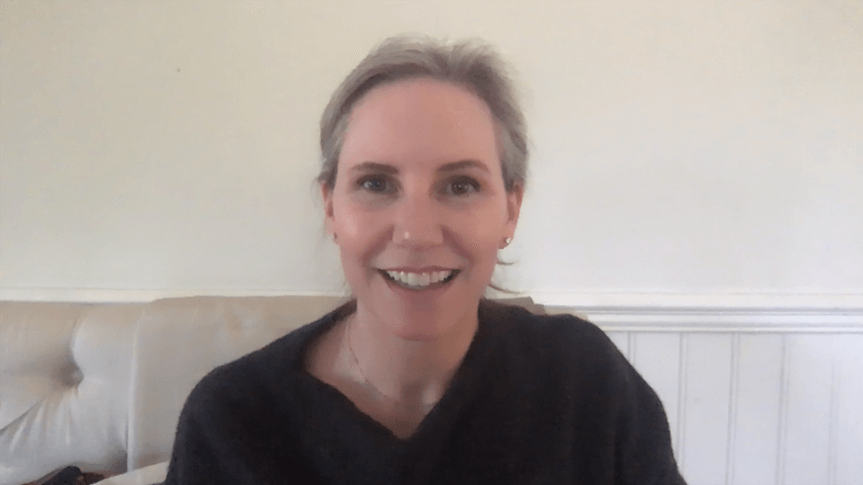
I have one spot that is bland with flat light but does the job for people who know me well and can fill in what information they can’t see:
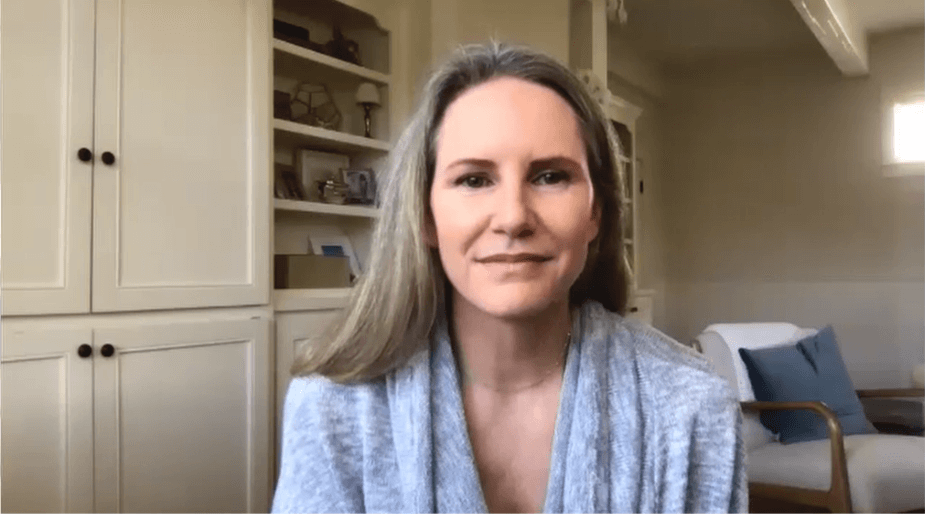
I move to a spot with better light for client meetings or any situation where the relationship is new and we are still trying to get to know one another:
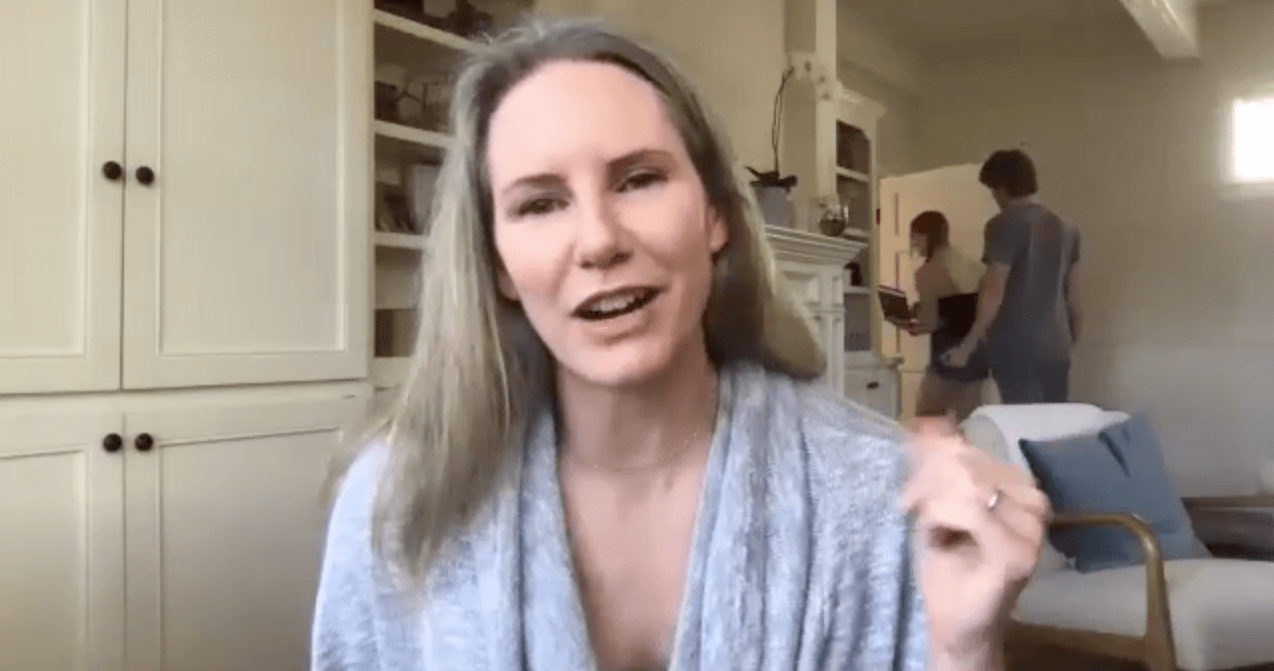
But this spot is a high traffic area, especially with everyone home so it’s less practical for me. (It’s also further away from the coffee.)
2. FIND THE LIGHT
If you do nothing else, position your face in light so that people can actually see you. They want to see your facial features, your eyes. You do not want to have people straining to see you.
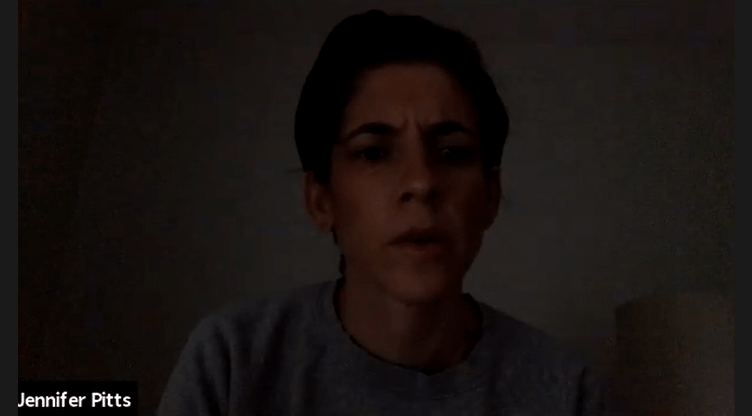
Save the silhouettes for sunset shots. Put yourself in the viewer’s shoes and help them out to see facial features and eyes. Ideally, you have a window on the left or right-hand side of you with light passing in front of your face. If you can, it’s best to turn off the overhead lights.
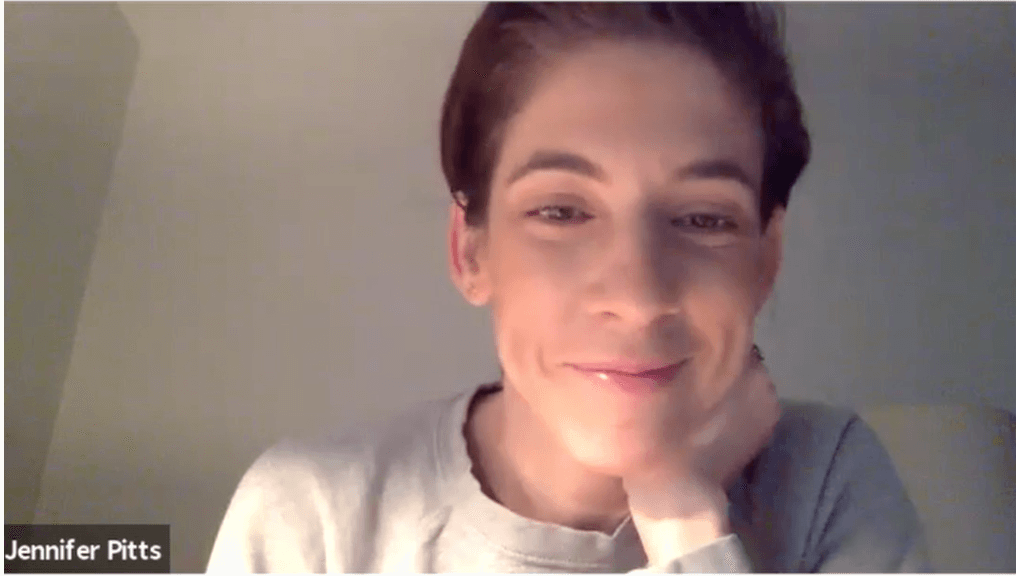
But if not using artificial light puts you in darkness — do what you gotta do. There will always be accommodations we will need to make but even slight adjustments can make a difference to the viewer.
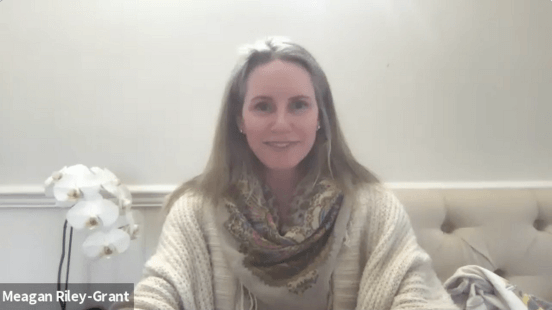
With the overhead lights on
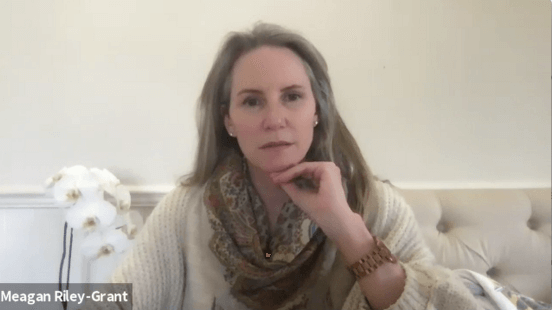
Using the room’s natural light
3. FIND THE FRAME
Prop your laptop at eye level and straight so you don’t loom or shrink. Get some books. Invest in an external keyboard. Starting with the cartoons we grew up with, we instinctually understand that looming large or shrinking small in the frame have meaning. It subconsciously attaches characteristics that you may not mean to be conveying.
Consider what type of meeting you are having. Are you mainly going to be looking at a shared screen and videos will be tiny? Will the meeting center on mostly talking and you want to see faces clearly? If it’s a more intimate meeting where there will be discussion, you will want to see people throughout the discussion to understand reactions. When the gallery gets small, it gets hard to see people’s faces so smart to fill the majority of the frame with head and shoulders.

4. FIND THE SETTING
Do your best to clear anything distracting out of the frame to help the focus stay on you and the topic at hand. Keeping the background darker than you and simple will go a long way to help to focus your viewer on your face. Remove anything in the frame that pulls attention away from you and what you have to say.

Try and get away from sitting flat up against a wall, in a corner, or any situation that will make the “scene” claustrophobic.
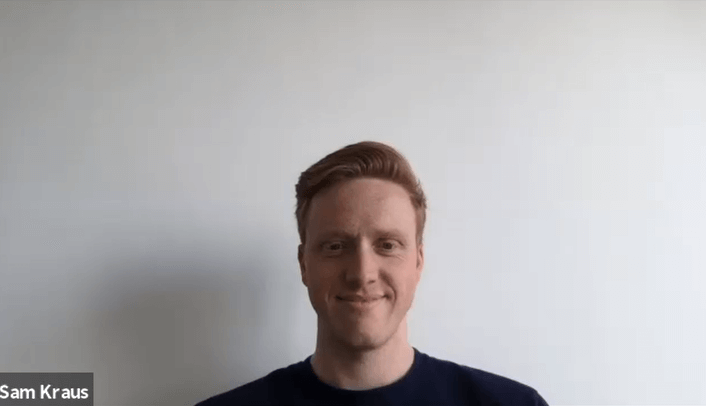
Flat against the wall. Too small in the frame.
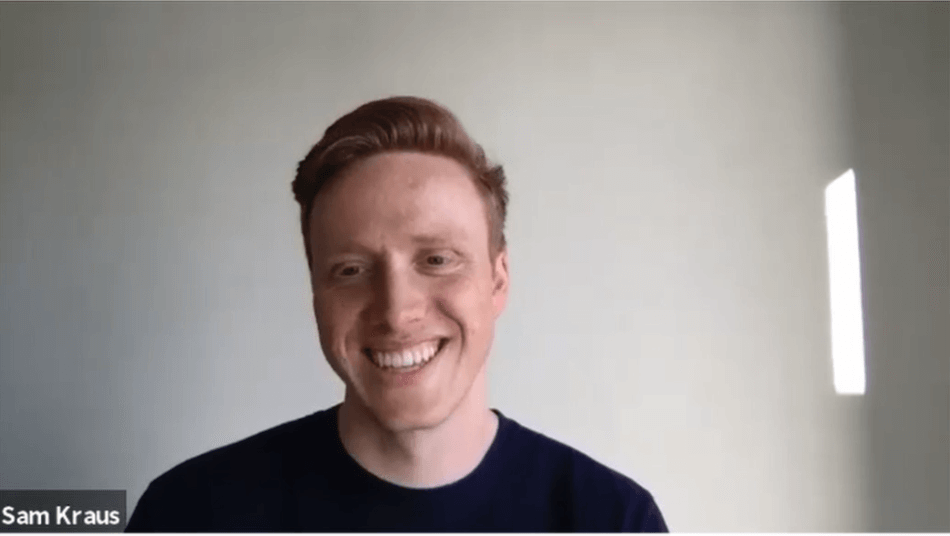
Spaced away from the wall, larger in frame, and natural side light coming from a window.
5. FIND THE CAMERA
In order to avoid looking like a cat watching a bowl of goldfish, every now and then look directly at the camera. Look at the webcam rather than the activity on your screen. Especially if you are talking to make your audience feel you are with them. It’s weird and it doesn’t feel great because you’ve lost track of your audience. But it’s night and day to the viewer on the other side.
If you work on two monitors it’s critical, if you can, to work on the camera computer where you are video conferencing. When you are on camera but looking away working somewhere else, it has a strange voyeuristic sensation on the other side, like you are watching someone who is not with you. The same applies to when you are multitasking. Imagine if you were having coffee with someone and they spoke to you looking off to the side the whole time. It doesn’t work.
And — if all else fails, turn your camera off. Having only audio focuses your listening superpowers. When we do brand strategy projects at Elixir, conducting interviews, we rely on audio-only. This is to remove precisely this thing — the cognitive context of the visual interaction. The brain works hard to piece together fragments and make stories — sometimes being strategic about removing certain information intakes is a good thing. If video is actually making it harder to connect, opt-out.
SHOW UP FOR EACH OTHER
We are in the dawn of telecommuting and teleconferencing and we have some work to do. It’s a “new” tool and we will get better at using it. The first step is being conscious of it. Conscious of how we show up for each other. Children of today will look back on their classroom Zoom calls the way I look back on old rabbit-ear, black and white static TV’s compared to HDTV.
We have had to process so much in the last few months that this may seem trivial or superfluous but truly it’s the future of communication and if there is one known in all of the unknowns, it is that we can still get better at communicating and connecting with each other. Examine your zoom.
See the Video at: https://bit.ly/2ZaEVsS
—
Meagan Riley-Grant started her career as a screenwriter and film producer, acting as Executive Producer of the Academy Award-winning film, Monster. Passionate about communication in all forms, her film roots and working on dozens of features now serve her working as a producer in brand strategy and design, which she sees as visual storytelling for organizations. Meagan holds a BA in Film Production from NYU Tisch School of the Arts, and joined Elixir in 2014.